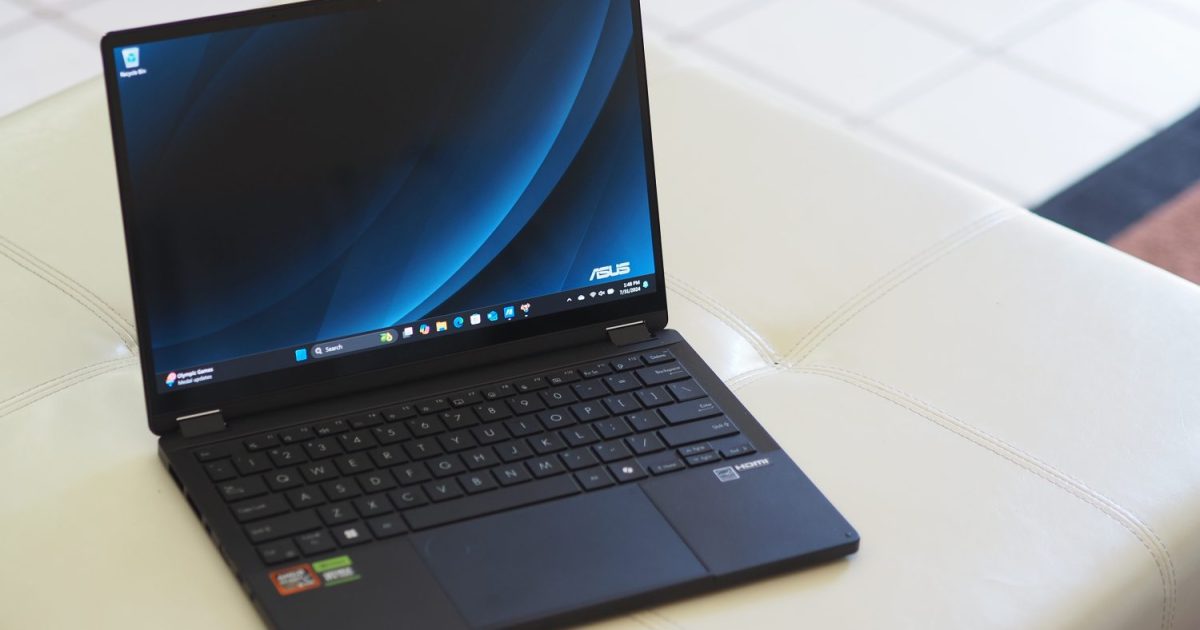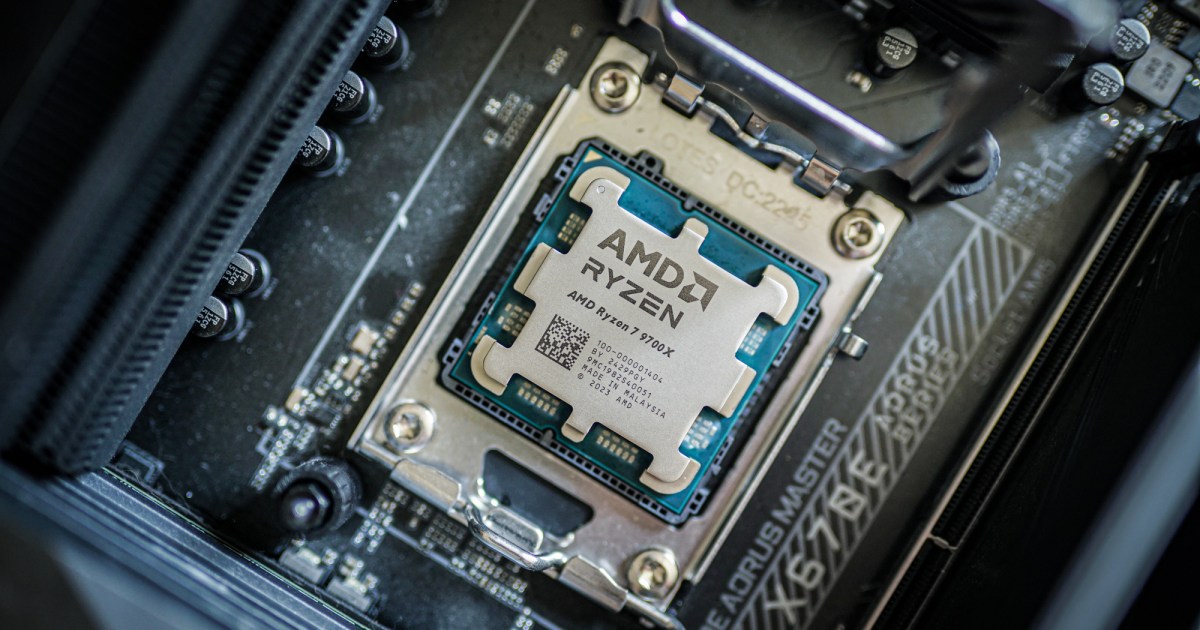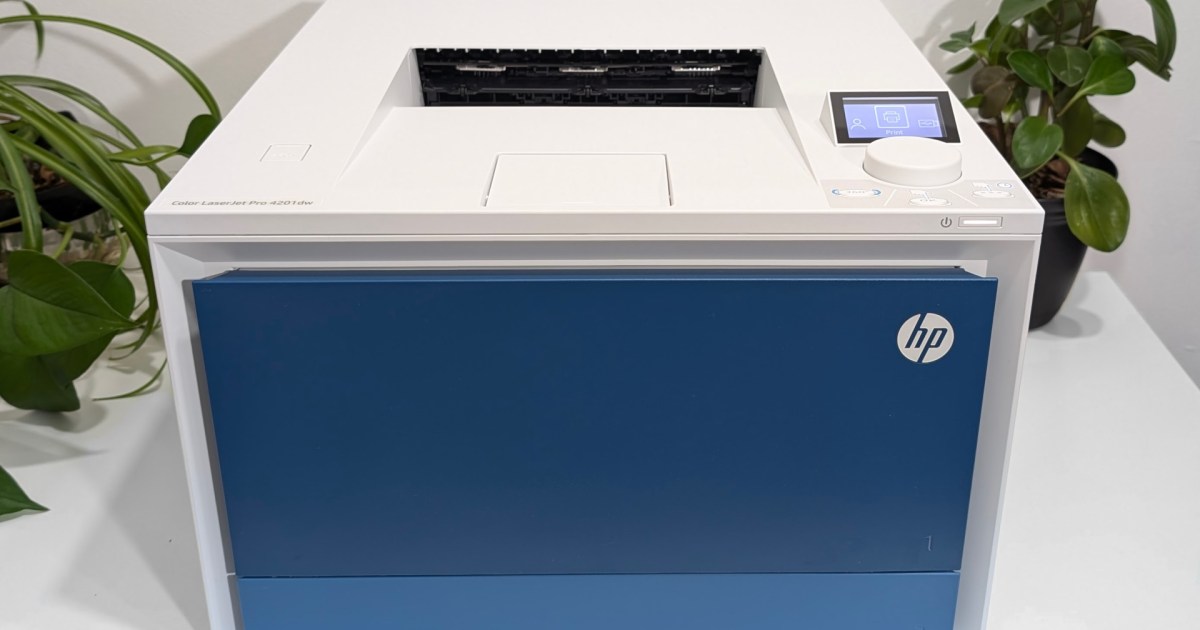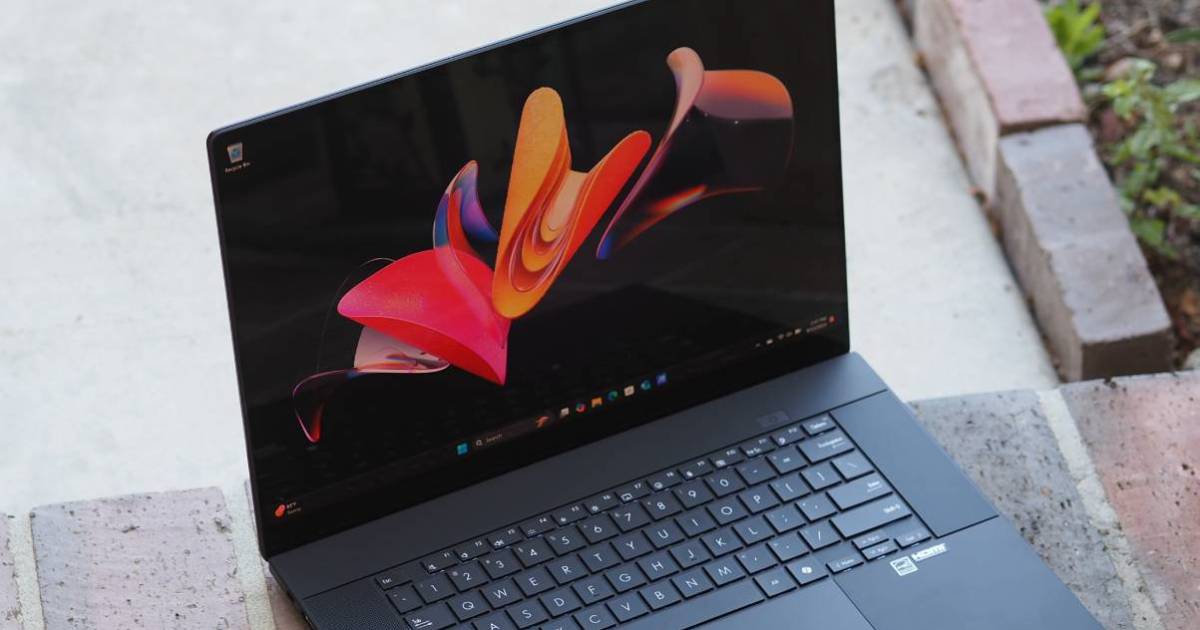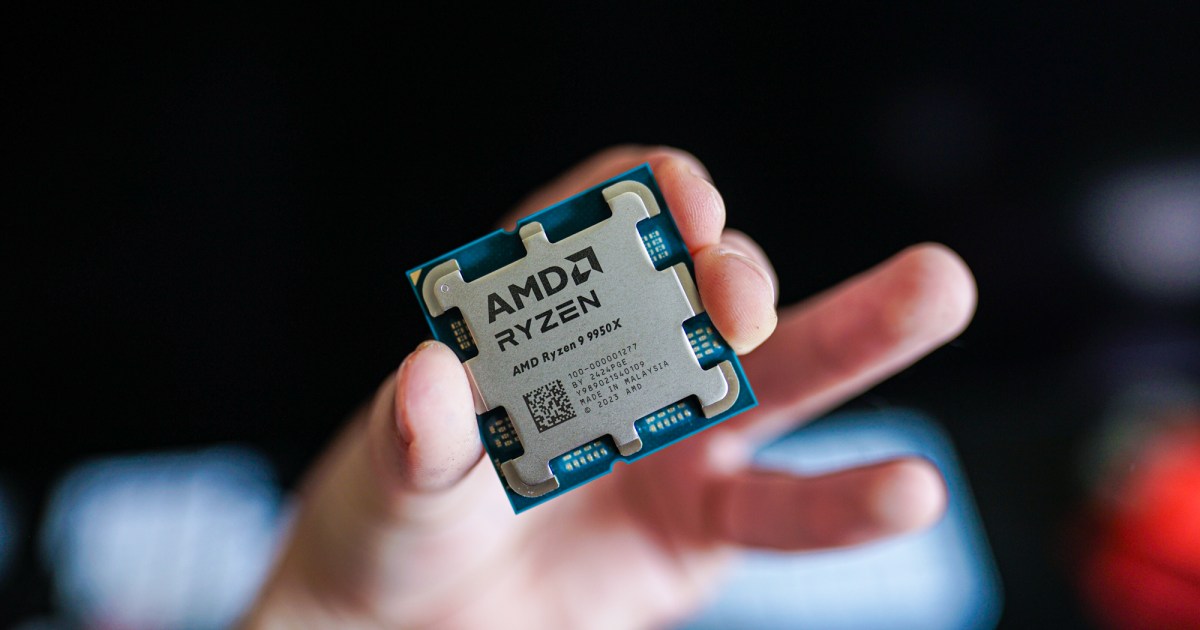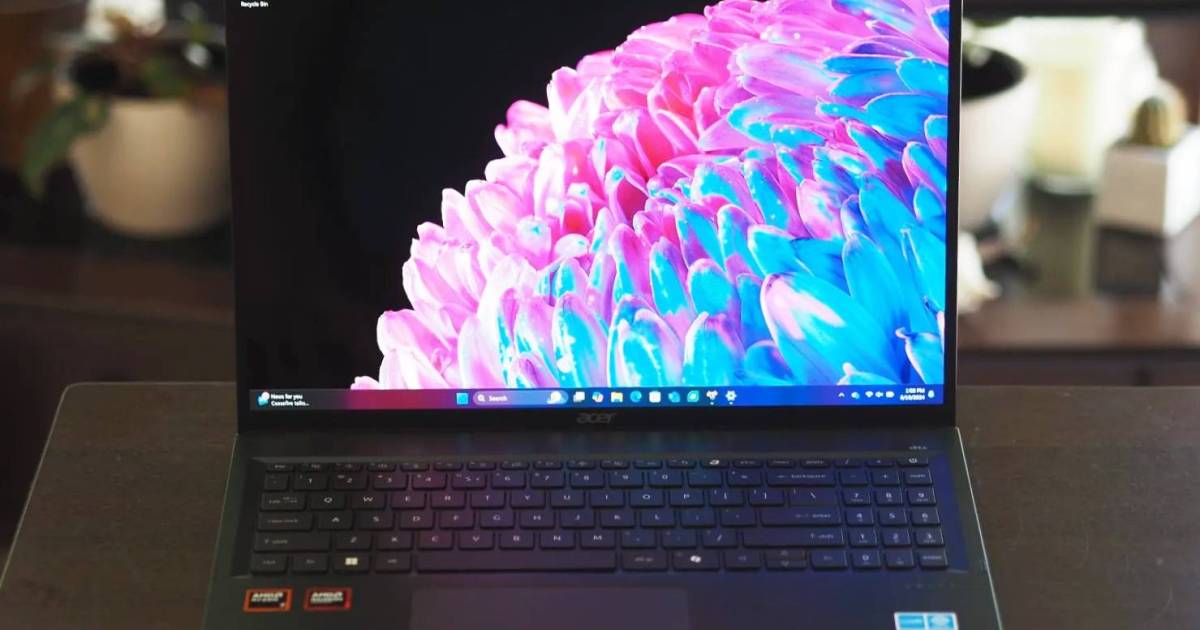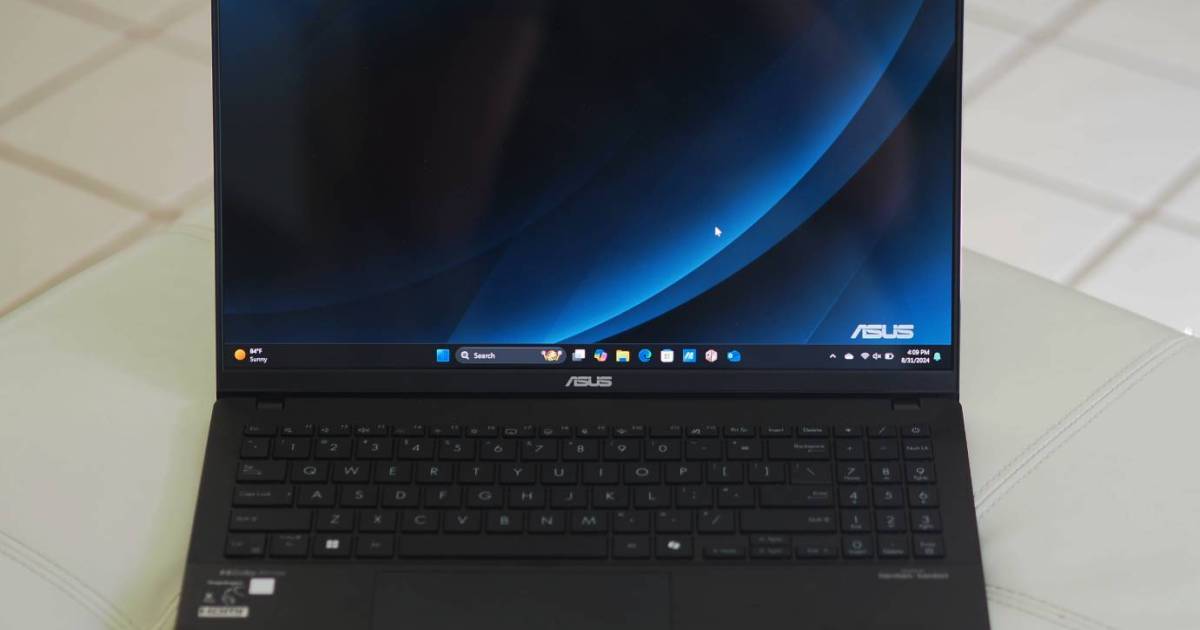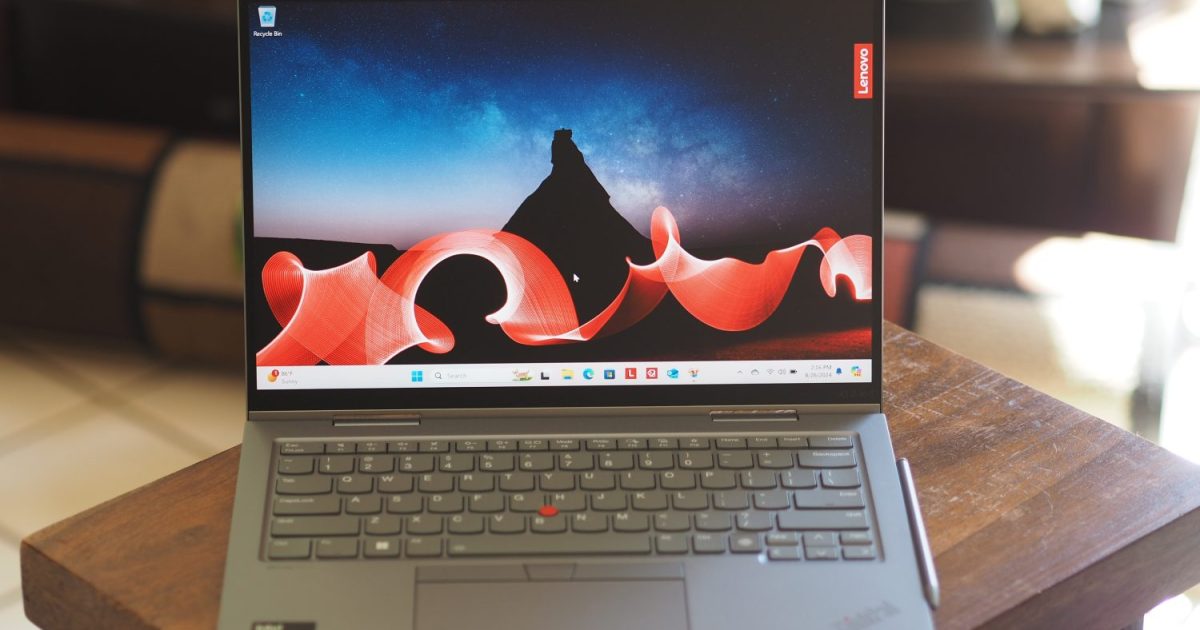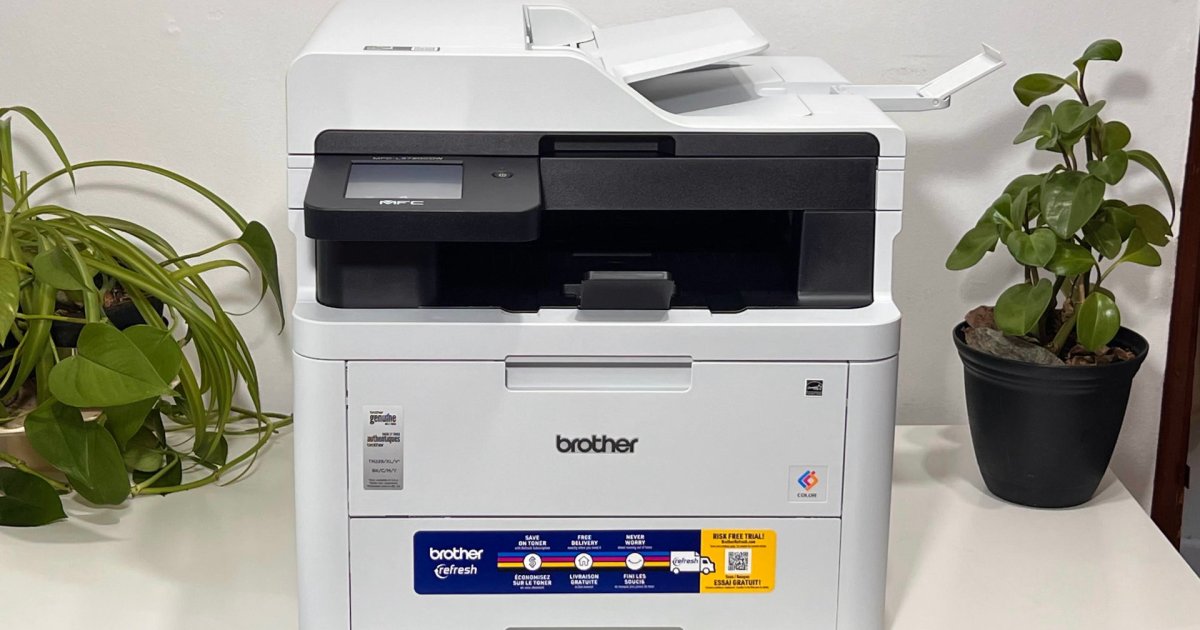Asus has consistently pushed the boundaries of laptop technology, particularly with OLED displays. Their latest offering, the ProArt PX13, continues this trend by being among the first to feature AMD’s groundbreaking Ryzen AI 9 HX 370 chipset. This powerful processor, combined with a stunning OLED display, aims to deliver a premium experience for creators on the go. But does it live up to the hype? Let’s dive in.
The Ryzen AI 300 series isn’t just about faster CPUs and integrated GPUs. It also introduces a high-performance neural processing unit (NPU), hinting at the future of AI-enhanced workflows. The ProArt PX13 aims to harness this power for speed and efficiency in a compact 13-inch design.
Specifications and Configurations
| Feature | Asus ProArt PX13 |
|---|---|
| Dimensions | 11.74 x 8.26 x 0.62-0.70 inches |
| Weight | 3.04 pounds |
| Processor | AMD Ryzen AI 9 HX 370 |
| Graphics | AMD Radeon 890M / Nvidia GeForce RTX 4050 / Nvidia GeForce RTX 4060 |
| RAM | 32GB |
| Display | 13.3-inch 16:10 3K (2880 x 1800) OLED, 60Hz |
| Storage | 1TB SSD |
| Touchscreen | Yes |
| Ports | 2 x USB-C USB4, 1 x USB-A 3.2 Gen 2, 1 x HDMI 2.1, 1 x 3.5mm audio jack, 1 x microSD card reader |
| Wireless | Wi-Fi 7 and Bluetooth 5.4 |
| Webcam | 1080p with infrared for Windows Hello |
| Operating System | Windows 11 |
| Battery | 73 watt-hour |
| Price | $1,700+ |
Currently, Asus offers two configurations: a $1,700 model with an RTX 4050 and a $2,000 model with an RTX 4060. More configuration options, such as 16GB RAM or a 120Hz display, would be welcome additions in the future. While the ProArt PX13 sits in the premium price bracket, it’s comparable to competitors like the Dell XPS 13 and MacBook Air M3.
Design and Build
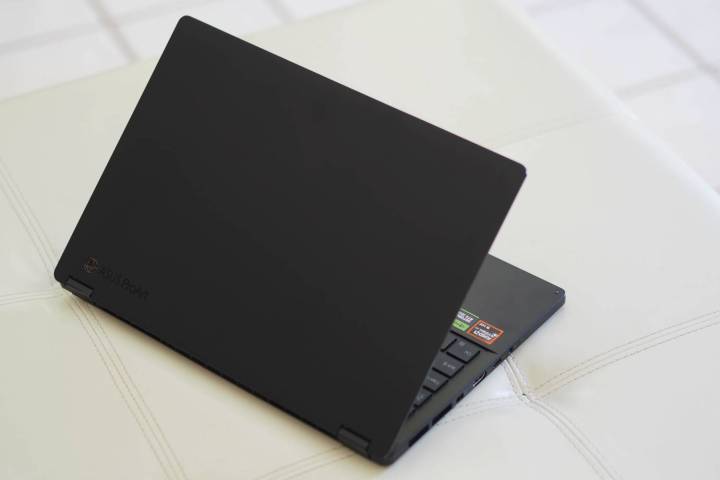 The lid of the ProArt PX13 laptop.
The lid of the ProArt PX13 laptop.
The ProArt PX13 stands out in the 13-inch laptop category. Unlike many thin and light ultrabooks, it embraces discrete graphics and a convertible 2-in-1 design, similar to the ROG Flow X13. This versatility allows for clamshell, tent, media, and tablet modes, enhancing content consumption and sharing.
While not explicitly designed for digital sketching (no active pen included), the 2-in-1 functionality is a valuable asset. The OLED display makes HDR content shine, further enriching the media experience.
Compared to its ultraportable rivals, the ProArt PX13 is thicker and heavier. However, this trade-off allows for significantly more power. The all-aluminum chassis feels robust, though the lid has slightly more flex than the XPS 13. The hinge operates smoothly and holds the display securely. The overall design prioritizes power over sleek minimalism, a fitting choice for its target audience.
Input Devices and Software
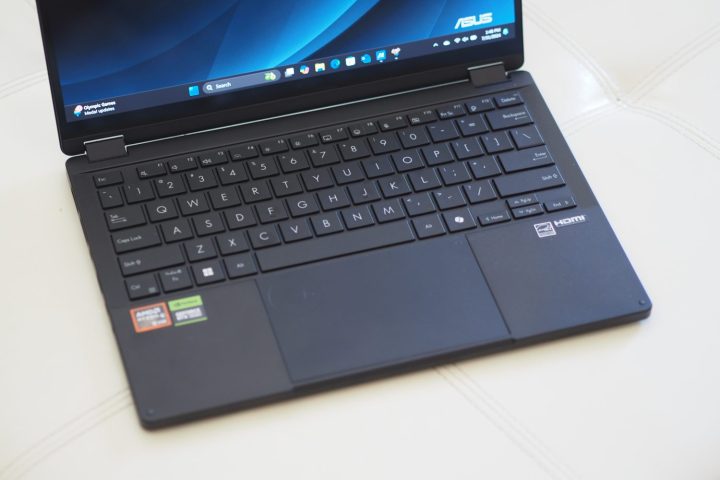 Asus ProArt PX13 top down view showing keyboard.
Asus ProArt PX13 top down view showing keyboard.
The keyboard is comfortable and spacious, with large keycaps and bright backlighting. The key travel is deep and provides good feedback, though perhaps slightly less snappy than some competitors. The touchpad is large and responsive, but a haptic version would have been preferable at this price point. Thankfully, the touchscreen functionality compensates for this.
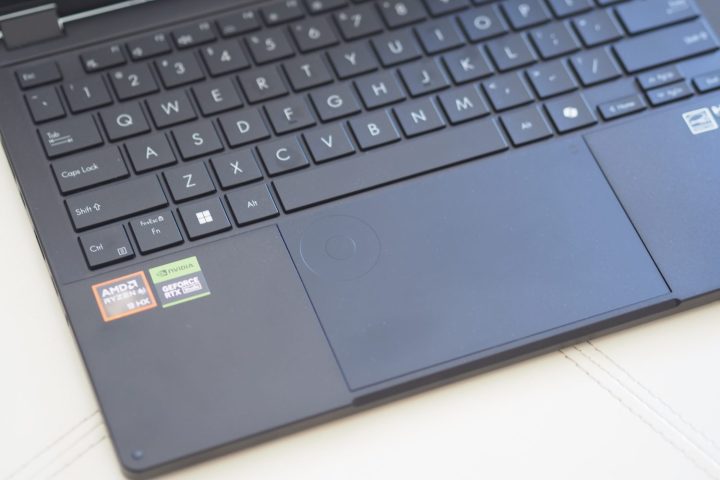 Asus ProArt PX13 top down view showing DialPad.
Asus ProArt PX13 top down view showing DialPad.
A standout feature is the Asus DialPad integrated into the touchpad. This virtual dial, controlled through the ProArt Creator Hub software, offers additional control in creative applications and system settings. The Creator Hub itself provides extensive customization options for color management, performance tuning, and other creator-focused features.
Connectivity and Webcam
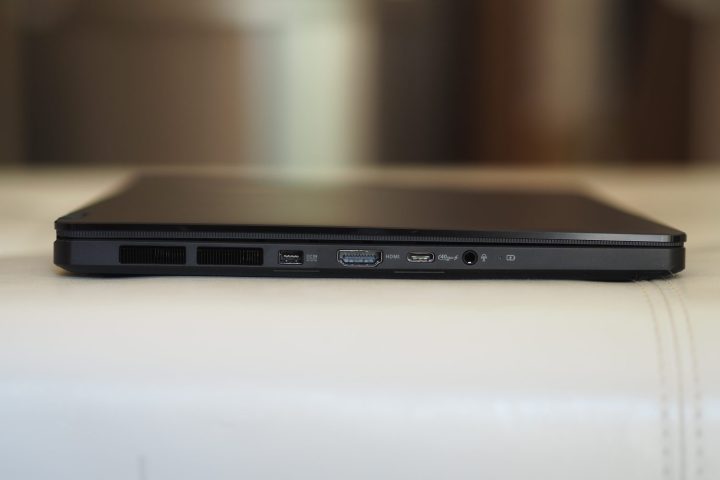 Asus ProArt PX13 left side view showing ports and vents.
Asus ProArt PX13 left side view showing ports and vents.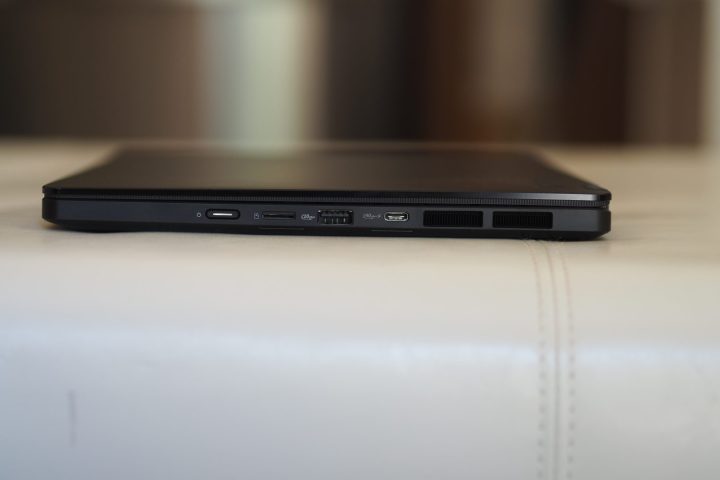 Asus ProArt PX13 right side view showing ports and vents.
Asus ProArt PX13 right side view showing ports and vents.
The ProArt PX13 boasts a comprehensive selection of ports, including two USB4 USB-C ports, a USB-A port, HDMI 2.1, and a microSD card reader. This surpasses the limited connectivity of many 13-inch laptops. Wireless connectivity is state-of-the-art with Wi-Fi 7 and Bluetooth 5.4. The 1080p webcam with infrared support for Windows Hello facial recognition is a welcome addition for video conferencing and secure login.
Performance and Benchmarks
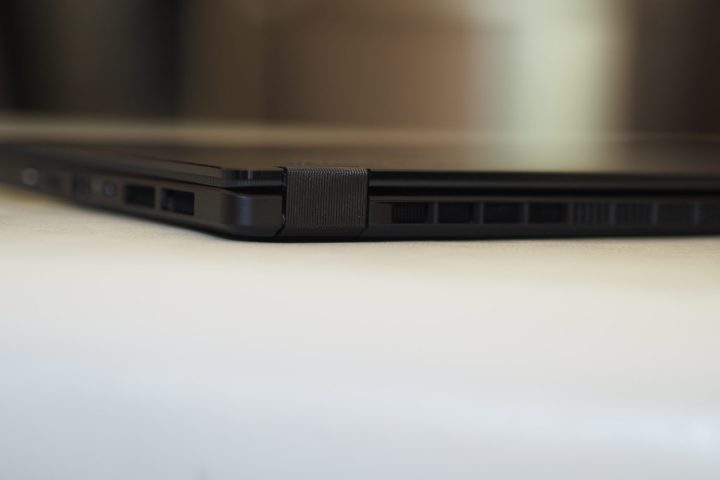 Asus ProArt PX13 rear view showing hinge and vent.
Asus ProArt PX13 rear view showing hinge and vent.
The Ryzen AI 9 HX 370 is the star of the show, delivering impressive performance for a 13-inch laptop. Paired with the RTX 4050 (or the optional RTX 4060), the ProArt PX13 handles demanding tasks with ease. While it can run hot and loud under load, this is expected given its power. Benchmarks show it competing favorably with other high-end processors in CPU-intensive tasks and significantly outperforming them in graphics-intensive workloads. This makes it suitable not only for productivity but also for entry-level 1080p gaming.
| Benchmark | Score |
|---|---|
| Cinebench R23 (Single/Multi) | 116 / 974 |
| Geekbench 6 (Single/Multi) | 2,690 / 14,423 |
| 3DMark Wild Life Extreme | 15,298 |
In creative workloads, the ProArt PX13 excels. Pugetbench results for Premiere Pro and Photoshop demonstrate its capability to handle professional creative applications. While not matching the absolute performance of top-tier workstations, its portability and power make it a compelling option for creators on the go.
| Benchmark | Score |
|---|---|
| Pugetbench Premiere Pro | Bal: 4,850, Perf: 5,292 |
| Pugetbench Photoshop | Bal: 7,394, Perf: 7,397 |
AI Capabilities
The AMD AI 9’s NPU holds promise for AI-accelerated tasks, but cross-platform benchmarks are currently lacking to fully assess its potential. While Asus includes AI-focused applications like StoryCube and MuseTree, the practical benefits of the NPU remain to be seen as more AI-powered software emerges.
Battery Life
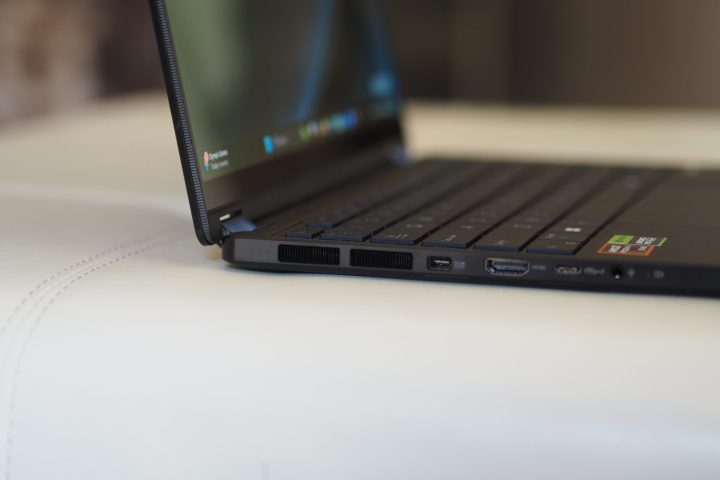 Asus ProArt PX13 side view showing ports and vents.
Asus ProArt PX13 side view showing ports and vents.
Despite a relatively large 73 watt-hour battery, the ProArt PX13’s battery life doesn’t match the endurance of some competitors, particularly those with Arm-based processors. While adequate for moderate use, carrying the power adapter is advisable for extended work sessions.
| Test | Time |
|---|---|
| Web Browsing | 8 hours, 7 minutes |
| Video Playback | 11 hours, 12 minutes |
| Cinebench R23 Loop | 1 hour, 12 minutes |
Display and Audio
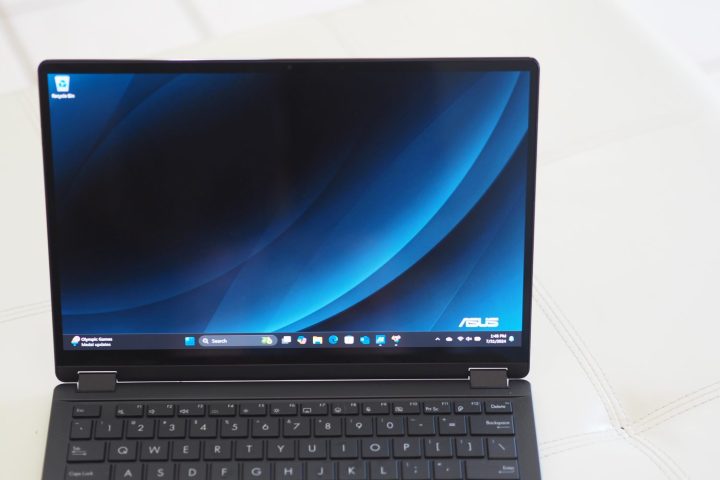 Asus ProArt PX13 front view showing display.
Asus ProArt PX13 front view showing display.
The 13.3-inch 3K OLED display is a highlight. The vibrant colors, deep blacks, and wide color gamut make it ideal for creative work and media consumption. Color accuracy is excellent, and brightness is good, although not the highest among OLED panels. The audio, however, is average, and headphones are recommended for a better media experience.
Conclusion
The Asus ProArt PX13 offers a compelling blend of power and portability for demanding creators. While battery life isn’t exceptional and the price is premium, the performance, stunning OLED display, and versatile 2-in-1 design make it a strong contender in the 13-inch laptop market. If you prioritize performance and a great visual experience in a portable package, the ProArt PX13 is worth considering.



